Where Do Most Hurricanes Occur? Top ranking of countries and US States
Have you ever wondered, “where do most hurricanes occur worldwide”? It’s not just a matter of random chance. Specific geographical and atmospheric conditions create ideal breeding grounds for these devastating phenomena. Let’s explore the primary basins where most of the world’s hurricanes are born.
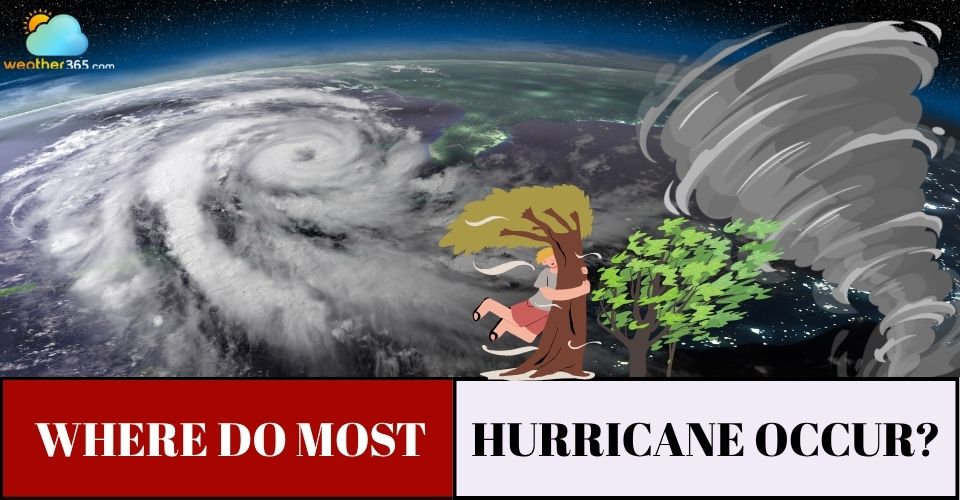
Where do hurricanes occur the most?
- Understand cyclone, typhoon, and hurricane
- Where Do Hurricanes Occur?
- Hurricane Formation Basins
- Atlantic
- Eastern Pacific
- Northwest Pacific
- Others
- Where Do Most Hurricanes Occur In The World?
- Top 5 countries hit most by hurricanes ( Atlantic and East Pacific Basins)
- Top 5 countries hit most by typhoons ( Northwest Pacific Basin)
- Top 5 countries hit most by tropical cyclones (Indian Ocean & South Pacific Basins)
- Where Do Most Hurricanes Occur in the US?
Understand cyclone, typhoon, and hurricane
A hurricane is a powerful type of tropical cyclone that forms over warm subtropical and tropical ocean waters.
These rapidly rotating storms feature intense winds, a low-pressure core, and a distinct circular atmospheric circulation at low altitudes.
You must have heard common terms like cyclone, typhoon, and hurricane.
These terms are the very same type of storm; however, they have different names due to their location.
A tropical storm is called a HURRICANE when it occurs in the Atlantic Ocean, the Caribbean Sea, or the central/northeastern Pacific Ocean.
Dive deep into the difference between a hurricane typhoon and cyclone here.
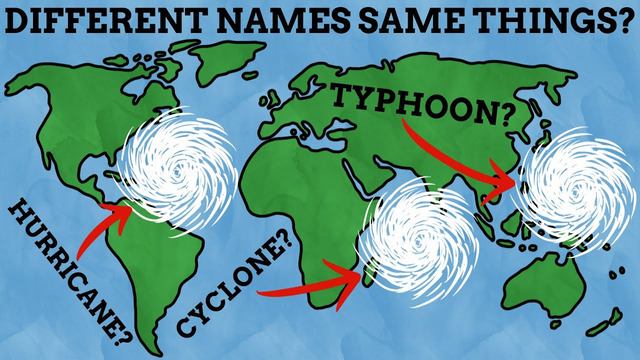
Difference between hurricanes, cyclone, and typhoon
Where Do Hurricanes Occur?
Hurricanes emerge from roughly five distinct basins around the world, though their activity levels vary significantly.
The Pacific Ocean stands out as particularly dynamic, with countries like the Philippines sometimes enduring over twenty typhoons and tropical storms in a year.
These powerful storms aren't exclusive to just the Eastern Pacific and North Atlantic. They frequently develop in other regions but are simply called by different names.
For instance, in the South Atlantic Ocean and the Indian Ocean, they're referred to as tropical cyclones.
Conversely, in the Western Pacific Ocean, they are known as typhoons.
Interestingly, the South Atlantic is an anomaly; hurricane formation there is exceptionally rare, with Hurricane Catarina in 2004 being the sole recorded instance.
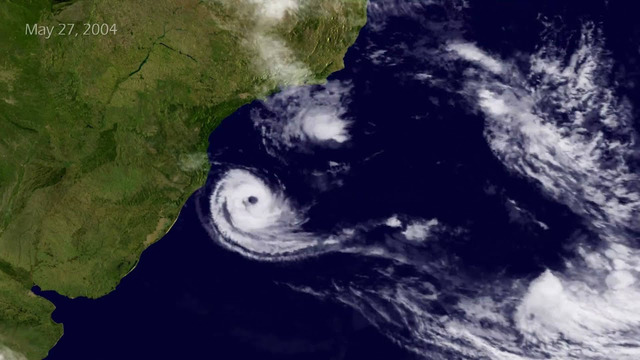
Cyclone Catarina strikes Brazil in 2004
Hurricane Formation Basins
Scientists classify the 7 ocean regions or hurricane formation basins around the world. They include:
-
The Atlantic
-
The Eastern Pacific (includes the Central Pacific)
-
The Northwest Pacific
-
The North Indian
-
The Southwest Indian
-
The Australian/Southeast Indian
-
The Australian/Southwest Pacific
Among those, the Atlantic and Pacific are more active. Let’s explore the location, hurricane season, and storm behavior of each.
Atlantic
-
Includes the waters of: The North Atlantic Ocean, the Gulf of Mexico, the Caribbean Sea
-
Official season dates: June 1st to November 30th
-
Season peak dates: Late August to October, with September 10 as the single peak date
-
Storms are called: Hurricanes
On average, an Atlantic hurricane season forms 12 named storms, with 6 of those intensifying into hurricanes. Of those 6, typically 3 further strengthen into major hurricanes (Category 3, 4, or 5).
These powerful systems can originate from a variety of atmospheric disturbances, including tropical waves, mid-latitude cyclones lingering over warm ocean waters, or even remnants of old weather fronts.
During the peak hurricane season, countries are more vulnerable to hurricanes, including Bermuda, the Eastern coasts of the US, Central America, and eastern Canada.
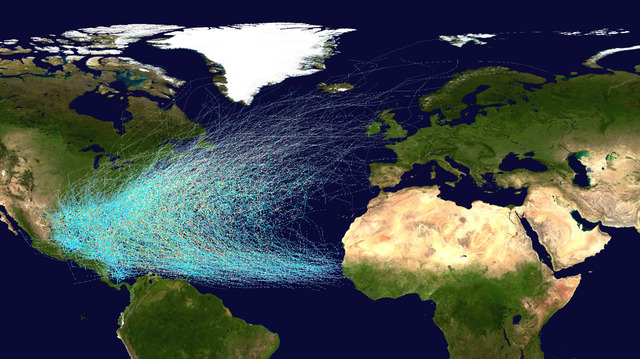
Hurricane seasons in the Atlantic
Eastern Pacific
-
Also known as: the Eastern North Pacific, or Northeast Pacific
-
Includes the waters of: the Pacific Ocean, extending from North America to the International Dateline (out to a longitude of 180 degrees west)
-
Official season dates: May 15th to November 30th
-
Season peak dates: July to September
-
Storms are called: hurricanes
The East Pacific basin ranks the second most active globally, averaging 16 named storms per season. Of these, typically 9 strengthen into hurricanes, with 4 becoming major hurricanes.
These powerful cyclones often originate from tropical waves and generally follow a track to the west, northwest, or north.
In rare instances, however, some storms veer northeastward, crossing into the Atlantic Basin. When this occurs, they are reclassified, no longer an East Pacific system but an Atlantic tropical cyclone.
The NOAA Central Pacific Hurricane Center (CPHC) takes responsibility for monitoring this dynamic area.
Based at the NWS Weather Forecast Office in Honolulu, Hawaii, the CPHC provides the latest tropical weather forecasts for the region.
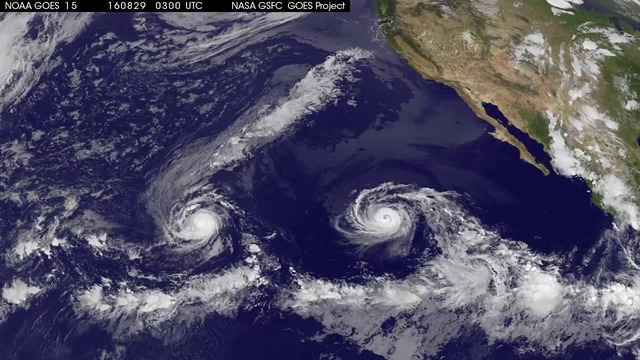
Eastern Pacific hurricanes
Northwest Pacific
-
Also known as: The Western North Pacific, Western Pacific
-
Includes the waters of: The South China Sea, the Pacific Ocean, longitude of 180° west to 100° east
-
Official season dates: n/a
-
Season peak dates: Late August to early September
-
Storms are called: typhoons
The Western Pacific basin is the most active tropical cyclone basin on Earth, accounting for nearly one-third of the world's total activity.
This region is also notorious for producing some of the most intense cyclones globally.
Interestingly, unlike tropical cyclones in other parts of the world that are primarily named after people, typhoons in this basin also adopt names inspired by nature, such as animals and flowers.
Doksuri (Eagle) typhoon 2023, Mawar (Rose) typhoon 2023, and Koinu ( Puppy) typhoon 2023 are typical examples.
Monitoring responsibilities for this incredibly active basin are shared among several nations, including China, Japan, Korea, Thailand, and the Philippines.
These efforts are coordinated primarily through the expertise of the Japanese Meteorological Agency and the Joint Typhoon Warning Center.
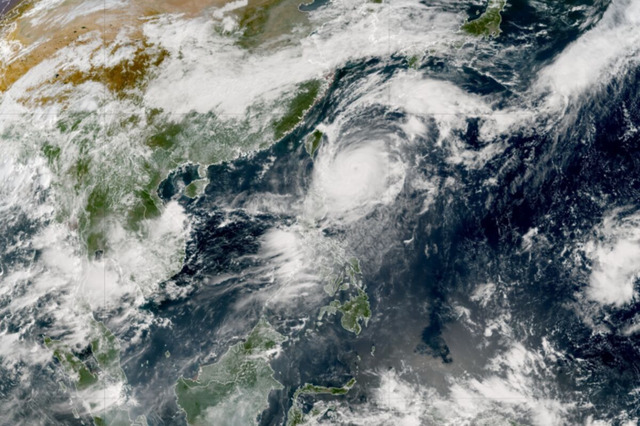
Typhoon Koinu hit Taiwan, approached Hong Kong
Others
Others are less active or inactive, but you should still dive deeply into them to understand more about global hurricane basins.
|
North Indian Basin |
Southwest Indian Basin |
Australian/Southeast Indian Basin |
Australian/Southwest Pacific Basin |
|
|
Includes the waters of |
the Bay of Bengal, the Arabian Sea |
East coast of Africa to a longitude of 90° east |
90° east to 140°east |
longitude of 140° east and 140° west |
|
Official season dates |
April 1 to December 31 |
October 15 to May 31 |
October 15 to May 31 |
November 1 to April 30 |
|
Season peak dates |
May and November |
mid-Jan to mid-Feb or Mar |
mid-Jan to mid-Feb or Mar |
late Feb/early Mar |
|
Storms are called |
cyclones |
cyclones |
cyclones |
tropical cyclones |
Read more:
Where Do Most Hurricanes Occur In The World?
Top 5 countries hit most by hurricanes ( Atlantic and East Pacific Basins)
When specifically looking at storms termed "hurricanes" (those in the Atlantic Ocean, Caribbean Sea, Gulf of Mexico, and the central/northeastern Pacific Ocean), these countries consistently face the highest activity:
-
United States: Particularly Florida, Texas, and other Gulf and East Coast states.
-
Mexico: Hit by storms from both the East Pacific and Atlantic basins.
-
Cuba: A frequent target for Atlantic and Caribbean hurricanes.
-
Dominican Republic: Located in the Caribbean, it experiences significant hurricane activity.
-
The Bahamas: An archipelago directly in the path of many Atlantic hurricanes.
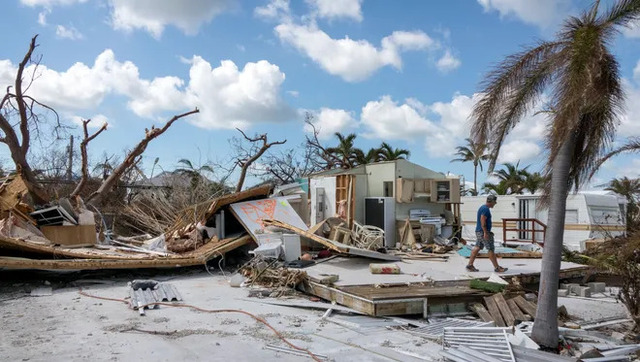
The US is one of the countries prone to hurricanes
Top 5 countries hit most by typhoons ( Northwest Pacific Basin)
Suffering the Northwest Pacific basin, the countries bear the brunt of these powerful systems include:
-
Philippines: Receives the highest number of typhoon landfalls annually, often experiencing over 20 typhoons and tropical storms in some years.
-
China: Has a long coastline and is frequently impacted by typhoons, including some of the deadliest in history.
-
Japan: Its long extent and position near major storm tracks make it highly vulnerable to typhoons, which often recurve towards or near its islands.
-
Taiwan: Despite its smaller size, it's remarkably prone to direct typhoon hits due to its location.
-
Vietnam: Located on the western edge of the basin, it regularly experiences typhoons, especially during its main season.
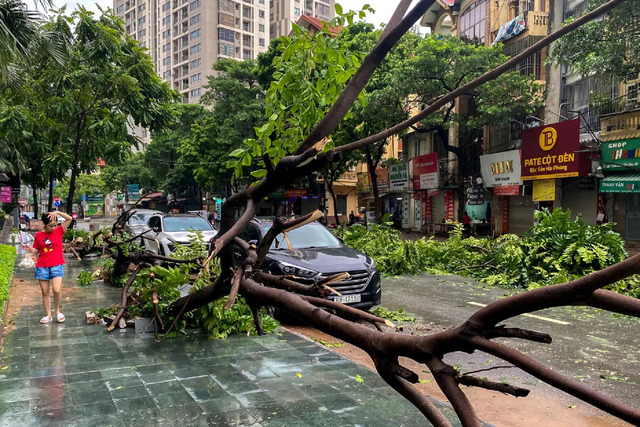
Super typhoon Yagi in Vietnam
Top 5 countries hit most by tropical cyclones (Indian Ocean & South Pacific Basins)
Tropical cyclones are the name specifically used in the Indian Ocean and South Pacific. Countries often face cyclones, including:
-
Australia: The northern and northwestern coasts are highly susceptible to severe tropical cyclones.
-
Madagascar: Located in the Southwest Indian Ocean, it's frequently affected by cyclones.
-
Mozambique: Also on the eastern coast of Africa, it faces significant impacts from South-West Indian Ocean cyclones.
-
Bangladesh: Located at the head of the Bay of Bengal, it is extremely vulnerable to deadly tropical cyclones from the North Indian Ocean.
-
India: Its extensive coastline along the Bay of Bengal and Arabian Sea makes it a frequent target for severe cyclonic storms.
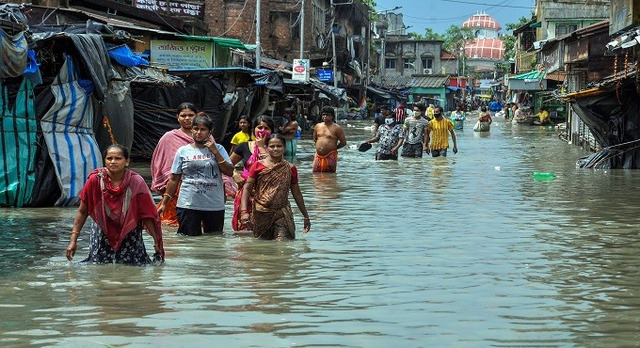
A cyclone hit India
Where Do Most Hurricanes Occur in the US?
In the US, what state gets the most hurricanes?
That is Florida. It’s estimated 120 hurricanes hit this state from 1851 to 2022.
Florida's unique geography makes it a prime target for hurricanes.
Its peninsular shape extends directly into the warm waters of both the Atlantic Ocean and the Gulf of Mexico.
With this exposed position, approaching storms often encounter any significant landmasses to disrupt their organization or diminish their intensity before making landfall.
It allows them to strike the state with potentially devastating force.
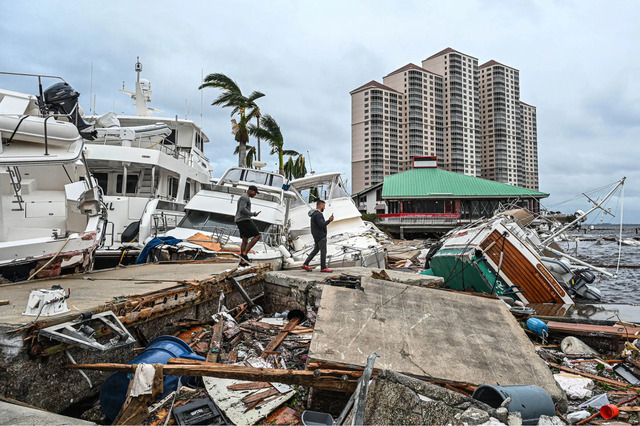
Florida sees widespread damage from hurricanes
Conclusion
Knowing where do most hurricanes occur and cause damage is just the beginning. Best preparedness involves taking proactive steps: developing comprehensive emergency plans, assembling robust disaster preparedness kits, and identifying a reliable restoration company before a storm hits. These proactive measures are crucial for protecting your family and property when a hurricane makes landfall.

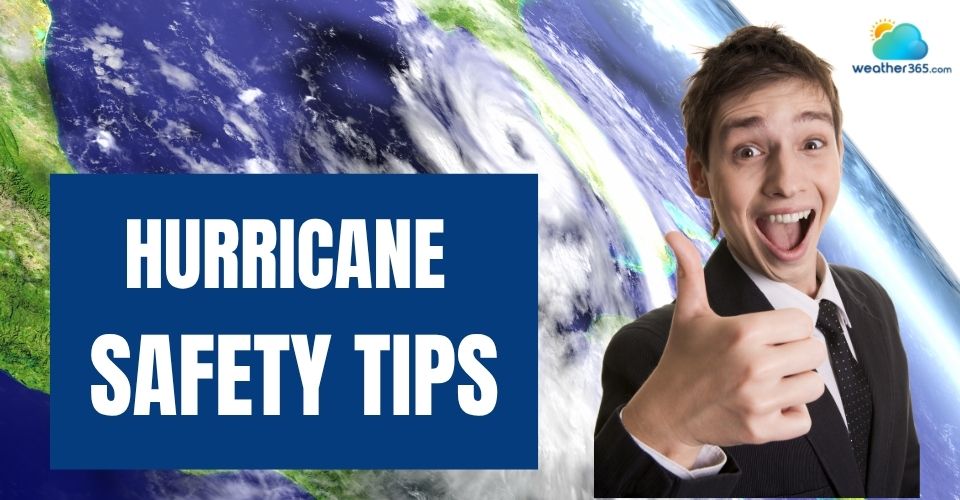
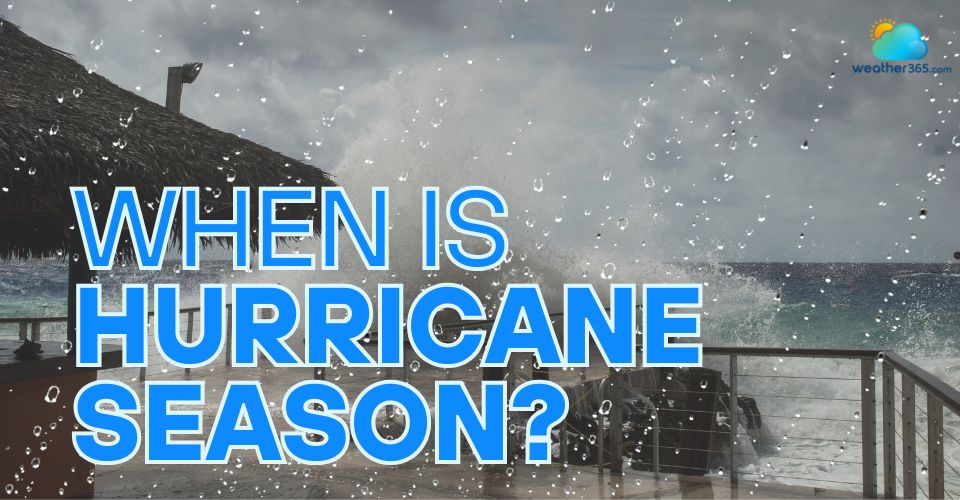
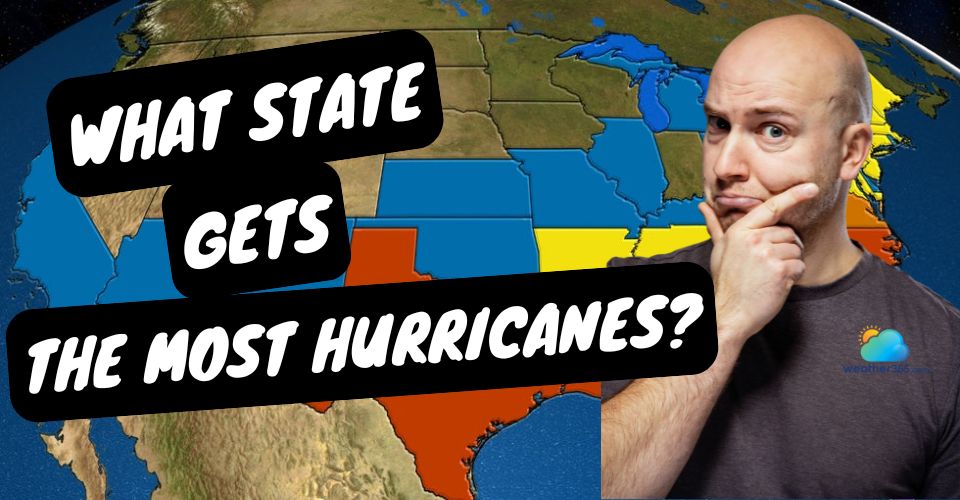
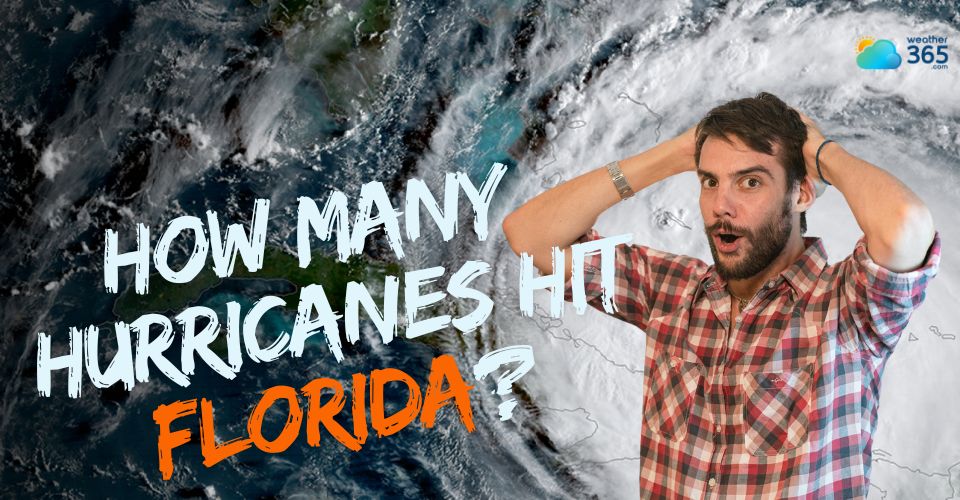
0 Comment
Leave a comment
Your email address will not be published. Required fields are marked *